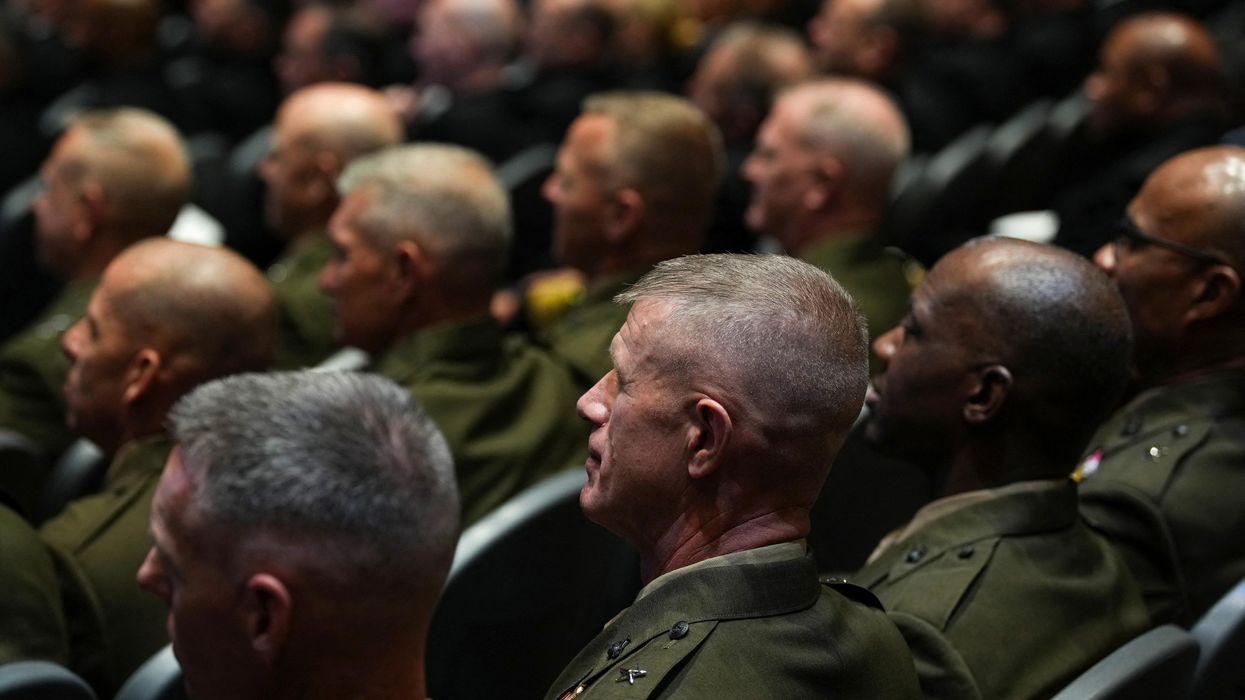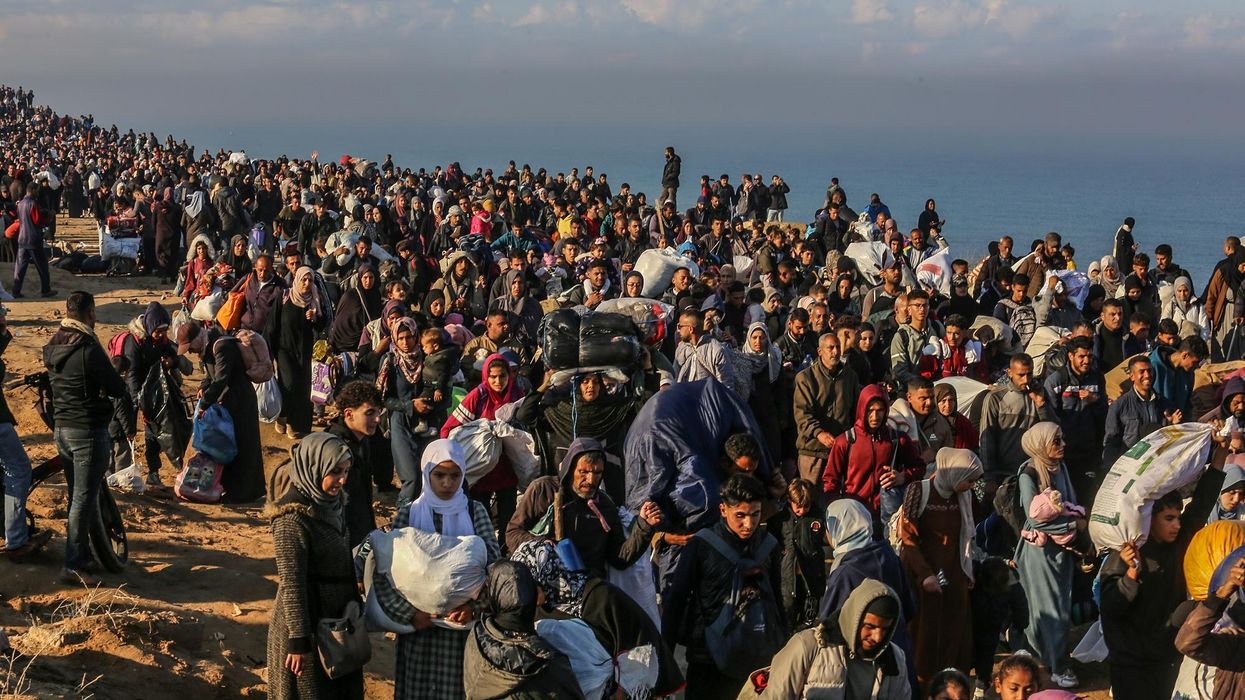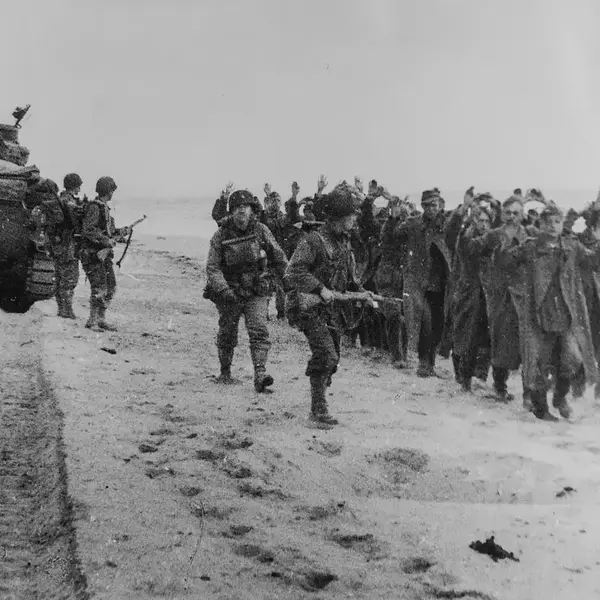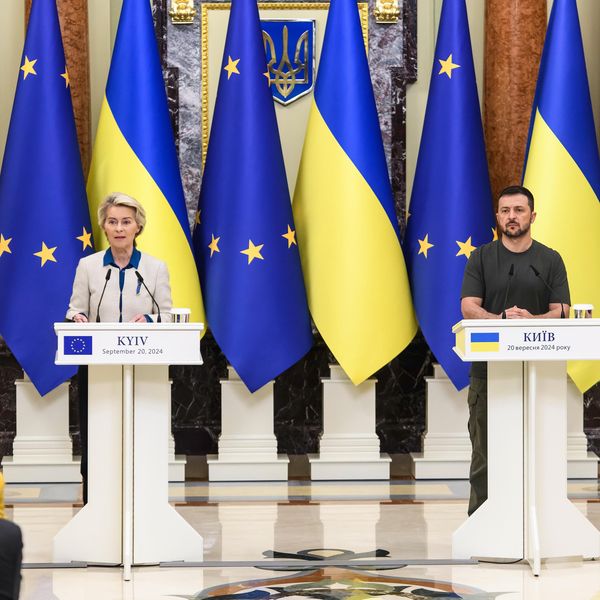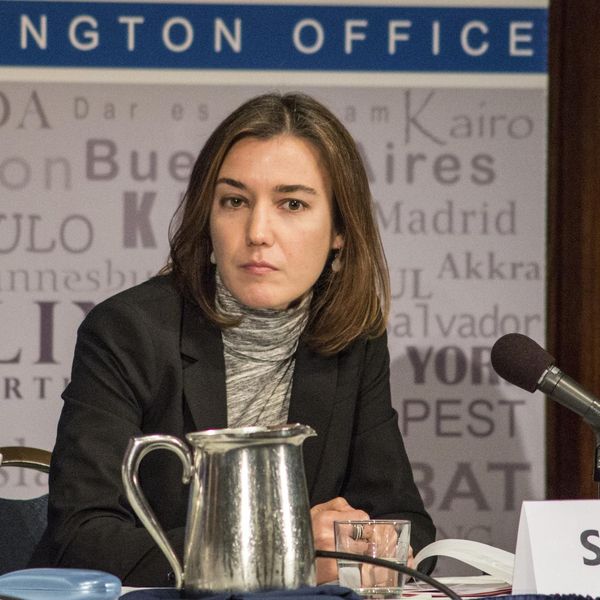Lost amid the focus on summit pageantry, land swaps, and security guarantees last week was an issue even more central to a diplomatic resolution of the Ukraine war: whether Russian President Vladimir Putin is ready to accept Ukraine’s membership in the EU as part of a settlement deal.
That concession was an important element of a peace deal that Russian and Ukrainian negotiators drafted under Turkish mediation in 2022, which Ukraine subsequently abandoned.
Since then, some Russian officials have opposed such membership, but the Kremlin’s spokesman indicated earlier this year that Russia would not object, in sharp contrast to its adamant opposition to Ukraine’s NATO membership. Then, during his White House meeting with President Volodymyr Zelensky and European leaders, President Donald Trump made two phone calls, first to Putin, and then to Prime Minister Viktor Orban to urge Hungary to ease its opposition to Ukraine’s EU accession process. The timing raises the question of whether the two calls were related.
Why might Putin make such a concession — which would leave Ukraine militarily neutral, but anchored politically and economically in Europe, like Austria and Ireland — if Russian forces are increasingly advancing on the battlefield, and Putin insists Ukraine must be returned to Russia’s exclusive sphere of influence, as many allege?
One possibility, of course, is that Russia doubts Ukraine will make it through the tortuous accession process successfully. Hungary is far from alone in voicing concerns about Ukraine’s membership, as both Poland and France worry about the impact of Ukrainian agricultural production on their farming sectors, and others fret that Ukraine would be an expensive and corrupt drain on European coffers.
But while Russian skepticism might be justified, it is not the same thing as certainty that EU members will close the door on Kyiv. Putin must have anticipated that the U.S. would almost immediately begin pressing its European partners to hasten the accession process. Feigning acceptance of Ukrainian membership would be a high-stakes risk that could easily backfire on Moscow.
A more likely factor is simple pragmatism. The Russian military has already shown that it cannot conquer all of Ukraine. Its initial bid to seize Kyiv through a quick assault on the Antonov airport fell prey to advance U.S. intelligence warnings and Ukraine’s brave and determined resistance. As a result, Russia’s under-manned and under-supplied invasion force had to retreat, regroup, and refocus its efforts on Ukraine’s east and south. And even if Russia were capable of conquering all of Ukraine — the largest national territory entirely in Europe — it would have little hope of governing it, as it would almost certainly face active Ukrainian guerrilla attacks and require an occupation force several times the size of the current Russian military.
Furthermore, even if Russia could somehow manage to conquer, occupy, and govern Ukraine’s vast expanse, it would still have to contend with a NATO alliance that has doubled in size since the end of the Cold War, and whose European members are revitalizing their withered military industries and pledging to build up their combat capabilities for the first time in decades. For its part, the United States has announced plans to put intermediate-range, nuclear-capable missiles in Germany for the first time since Ronald Reagan and Mikhail Gorbachev signed the INF Treaty banning them in 1987 — missiles that could reach strategic targets in minutes with a high probability of overcoming Russian missile defenses.
Conquering Ukrainian territory would not solve these broader security problems for Russia. In fact, it would almost certainly deepen NATO’s hostility and resolve, forcing Russia either to put its economy on an expensive, near-permanent war footing or rely increasingly on more cost-effective (albeit more destabilizing) theater nuclear weapons to counter NATO.
In either case, Russia would find itself even more dependent on China for trade, technology, and diplomatic support — hardly the mark of a great power that Russia’s elites believe it is and must be.
Putin probably recognizes that a willingness to live with Ukraine’s potential membership in the EU is a necessary price for avoiding such a scenario and gaining terms in a Ukrainian peace deal that he regards as essential to Russian security. The first and most important is to get the United States to close the door on Ukraine’s joining NATO or otherwise hosting NATO-member combat forces on its territory — demands that Russian officials have voiced for several decades and were among the key factors motivating the Russian invasion.
The second is to revive negotiations over European security and nuclear arms control that could minimize threats to Russia, but which are either dead or on life-support.
These would be small prices for the United States to pay for anchoring Ukraine in Europe politically and economically. Because every American president since George W. Bush has shown that he will not commit U.S. troops to fight Russia in defense of Ukraine and Georgia, a formal commitment to end NATO’s eastward expansion would be less a concession to Russia than an acknowledgment of an existing reality. Entering arms control talks with Russia, putting Europe on a path toward stability, and reducing Moscow’s dependence on China would enhance, not diminish, America’s own security.
Even if the accession process proves bumpy, it could promote Ukraine’s sovereignty, prosperity, and societal healing, which will be critical to its future self-defense capabilities. Optimism about Ukraine’s future could encourage substantial numbers of the millions of refugees that fled the war to return home and arrest Ukraine’s demographic collapse. The requirements of membership would allow Ukraine to advance reforms protecting Russian-speaking minorities and minimizing political extremism without appearing to capitulate to Moscow’s demands.
Most important, given the near impossibility of NATO membership, the prospect of EU accession — a desire that underpinned Ukraine’s Maidan revolution in 2014 — might be the best hope for persuading Ukraine’s citizens that a compromise peace settlement is worth the blood they have sacrificed over the past three years.
Swapping Ukraine’s military neutrality for the prospect of EU membership would not by itself suffice to end this tragic war. But it is a compromise that Trump, Europe, and Ukraine should embrace.
- Europe at odds with public on escalating war in Ukraine ›
- Ukraine and Europe can't afford to refuse Trump's peace plan ›
- On Russia-Ukraine, the misdiagnosed patient is flatlining | Responsible Statecraft ›
- They are calling fast-track Ukraine EU bid 'nonsense.' So why dangle it? | Responsible Statecraft ›


